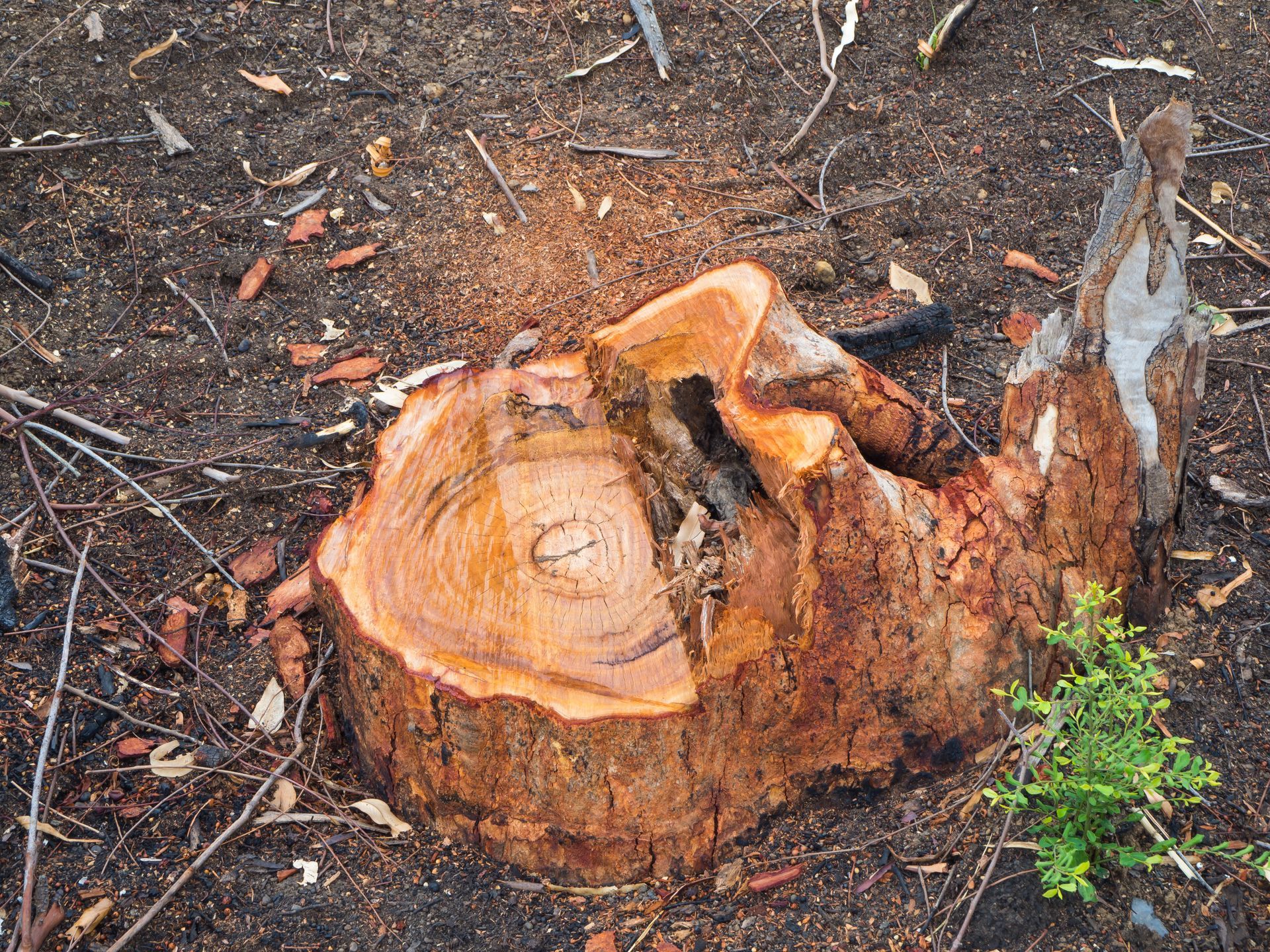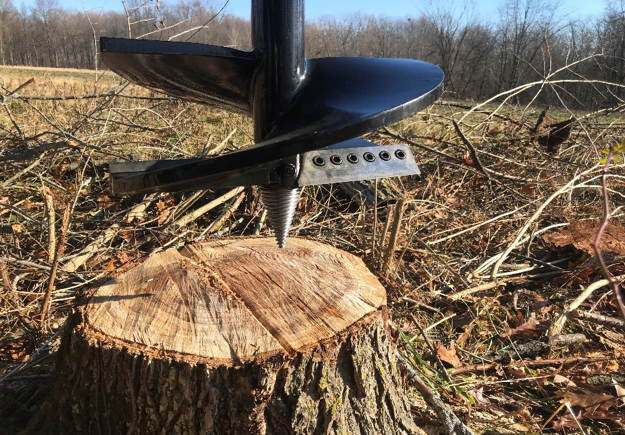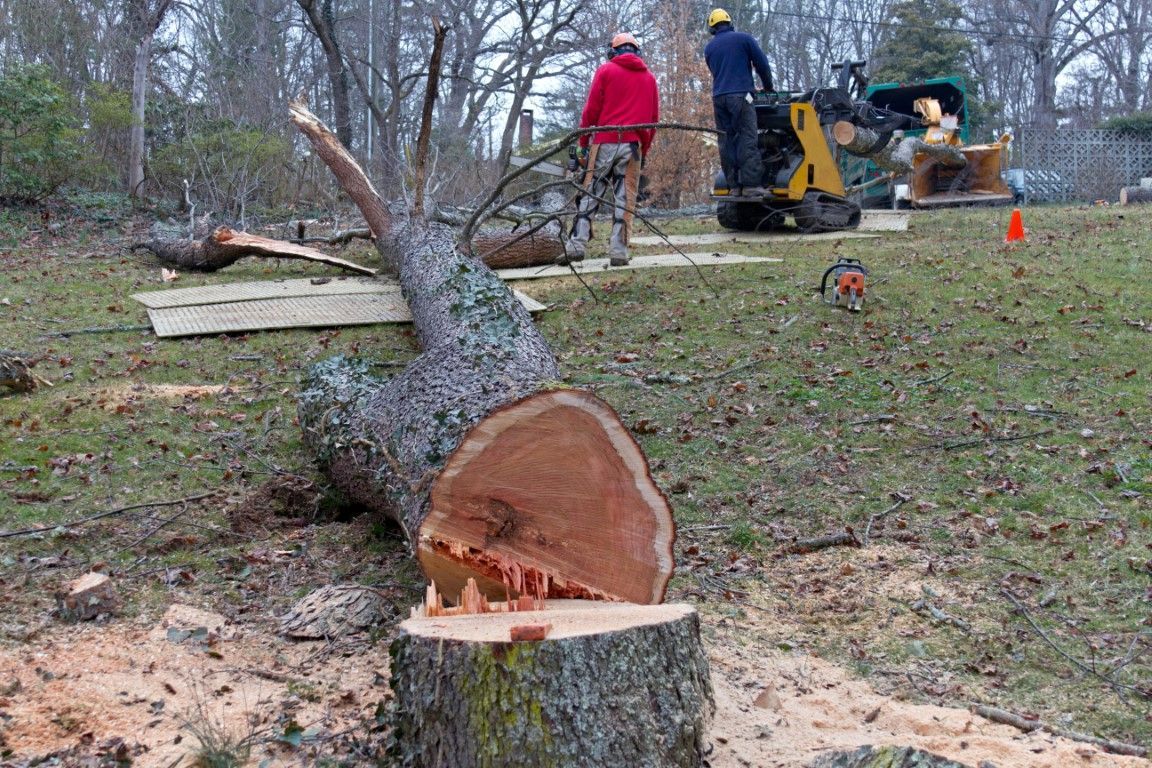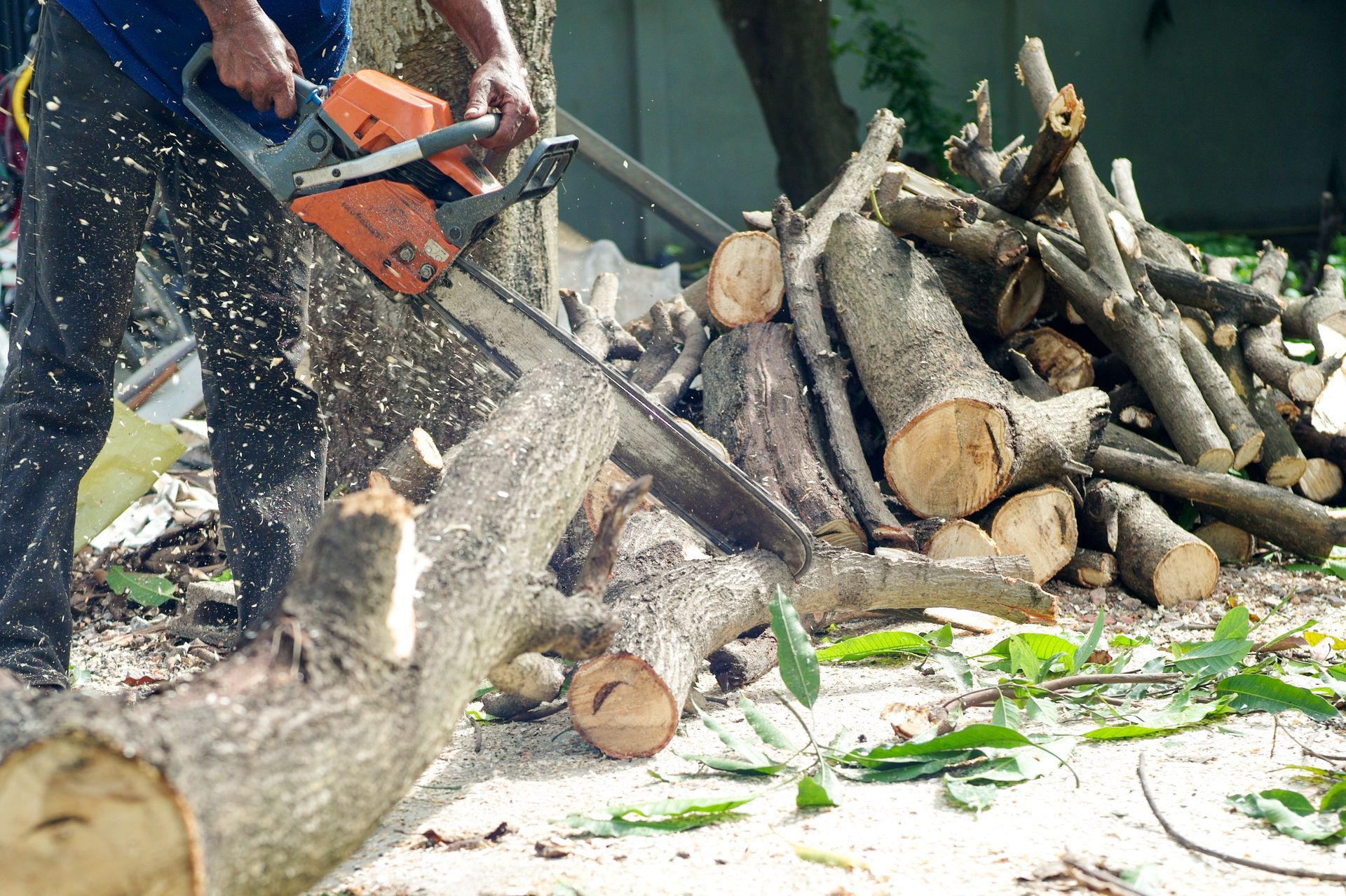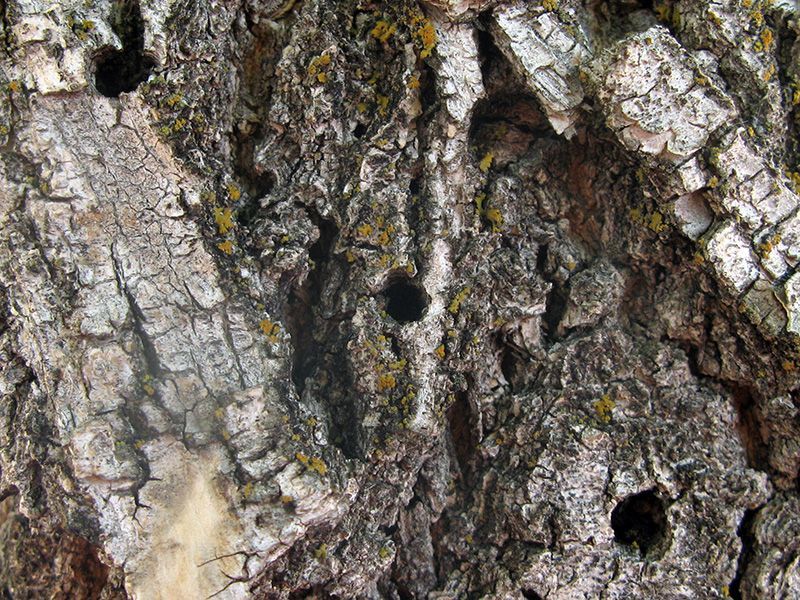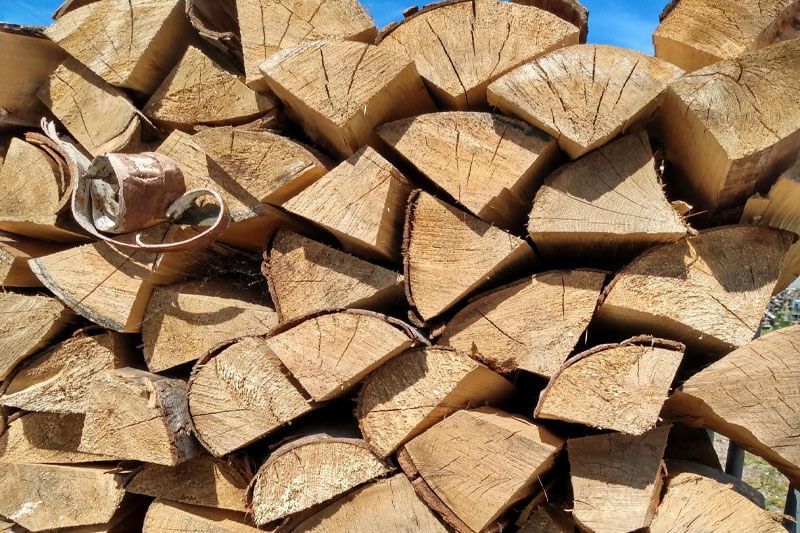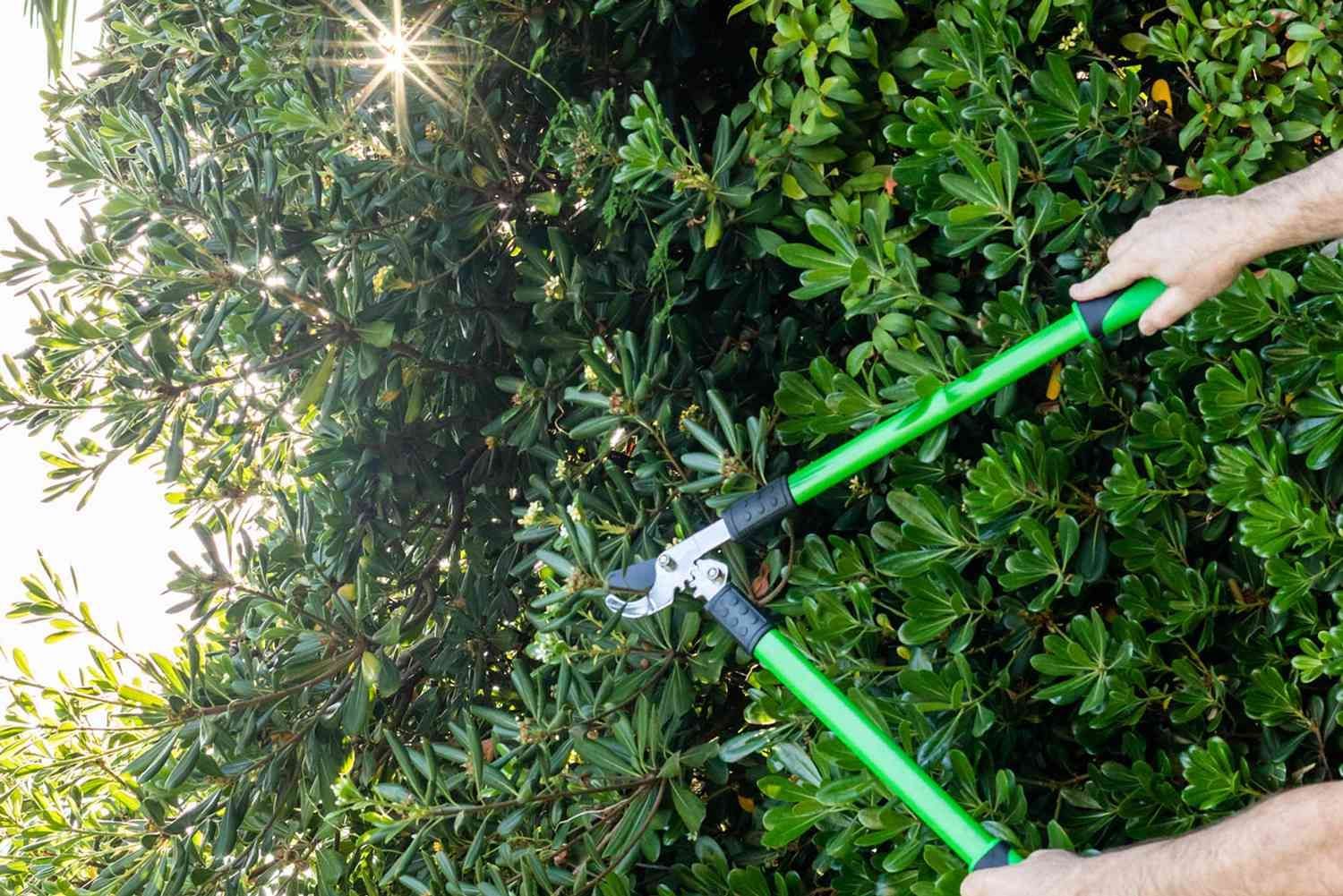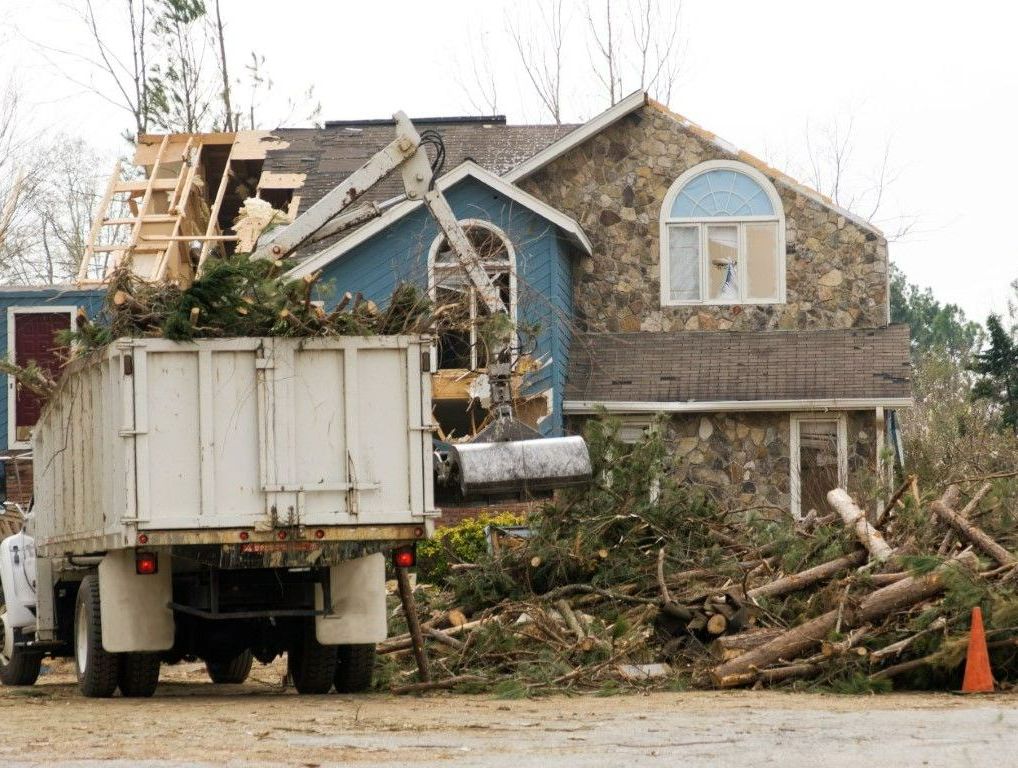Beech Tree Disease in Connecticut
Understanding Beech Tree Diseases in Connecticut: Causes and Solutions
Connecticut's landscape is enriched by the presence of majestic beech trees, known for their smooth gray bark and vibrant green leaves. However, these iconic trees are facing challenges from various diseases. In this article, we'll explore the causes of beech tree diseases in Connecticut and potential solutions.
Common Beech Tree Diseases in Connecticut
Beech Bark Disease: One of the most prevalent diseases affecting beech trees in Connecticut is beech bark disease (BBD). It is caused by a combination of the beech scale insect and a fungus. The insect creates wounds on the bark, allowing the fungus to enter and cause cankers, which disrupt the tree's nutrient flow.
Beech Leaf Disease: Another disease observed in Connecticut is beech leaf disease (BLD). This disease causes leaf curling, browning, and necrosis, leading to defoliation. The exact cause of BLD is still under investigation, but it is believed to be caused by a nematode or a combination of factors.
Causes of Beech Tree Diseases
Environmental Stress: Beech trees are sensitive to environmental stressors such as drought, pollution, and extreme temperatures. These stressors weaken the trees' immune systems, making them more susceptible to diseases.
Insect Infestations: Insects like the beech scale can weaken beech trees by feeding on their sap and creating openings for pathogens to enter.
Fungal Infections: Fungi can infect beech trees through wounds created by insects or environmental stress. Once inside the tree, fungi can cause cankers and other symptoms of disease.
Solutions and Management Strategies
Cultural Practices: Proper care and maintenance of beech trees can help prevent diseases. This includes watering during dry periods, mulching to retain moisture, and avoiding damage to the tree's bark.
Chemical Treatments: In cases where diseases are severe, chemical treatments may be necessary. Insecticides can be used to control insect populations, while fungicides can help manage fungal infections.
Resistant Varieties: Planting disease-resistant varieties of beech trees can help reduce the risk of disease. However, it's essential to ensure that the chosen variety is suitable for Connecticut's climate and soil conditions.
Monitoring and Early Detection: Regular monitoring of beech trees for signs of disease can help detect problems early. Prompt action can then be taken to prevent the spread of disease.
Conclusion
Beech trees are an integral part of Connecticut's natural landscape, but they are facing threats from various diseases. Understanding the causes of these diseases and implementing appropriate management strategies can help protect these iconic trees for future generations to enjoy.
